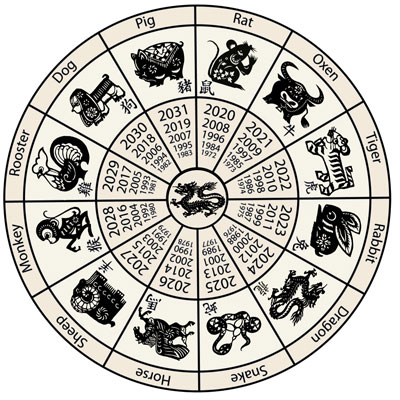 Many who hear the term “feng shui” think of rearranging the furniture, but in her talk about this complex subject, Meghan Diggins will be explaining the shamanic roots and multiple layers of classical feng shui, which differs from the concept most Westerners are familiar with.
Many who hear the term “feng shui” think of rearranging the furniture, but in her talk about this complex subject, Meghan Diggins will be explaining the shamanic roots and multiple layers of classical feng shui, which differs from the concept most Westerners are familiar with.
About forty years ago, Black Hat feng shui, the typical Western perception of the Chinese philosophical system, was imported from Tibet by Thomas Lin Yun, first in Berkeley during the cultural revolution of the 1960s. It was a simplified version of a classical tradition that goes back to at least 4,000 B.C.
Diggins will explore feng shui’s roots in detail and include an explanation of the process involved in a traditional consultation, including energy flow, celestial input, harmonizing the five elements of the Chinese medicine wheel, and simple architectural and terrestrial form impacts. She will present examples demonstrating how classical feng shui incorporates an individual’s astrological charts and other factors of the human and natural environment to effect desired outcomes.
 Although Diggins recognizes that it may be difficult to believe that something perceived as inanimate may affect a person or their life events, she also points out that scientific studies have verified that there are thousands of actions and reactions invisible to the naked eye that create everything from moods and health to the physical manifestation of simple intention. She says, “On the most basic level, particles that make up everything in our physical universe interact in every object whether animate or inanimate.”
Although Diggins recognizes that it may be difficult to believe that something perceived as inanimate may affect a person or their life events, she also points out that scientific studies have verified that there are thousands of actions and reactions invisible to the naked eye that create everything from moods and health to the physical manifestation of simple intention. She says, “On the most basic level, particles that make up everything in our physical universe interact in every object whether animate or inanimate.”
A resident of Gualala, Diggins received instruction from Howard Choy, Alex Stark and Liu Ming, all recognized masters of classical feng shui. She is a Certified Feng Shui Practitioner and has been involved in the healing arts and feng shui for over twenty-five years with much practical experience in effecting changes for others.
Her talk will include examples of how to apply the principles in the listener’s everyday activities, as well as stories to illustrate her points. There will be time for audience interaction.
 Gualala Arts Promoting public interest and participation in the arts since 1961
Gualala Arts Promoting public interest and participation in the arts since 1961
